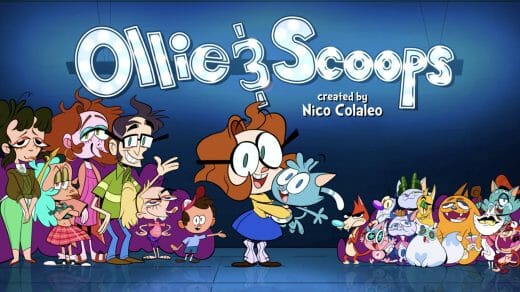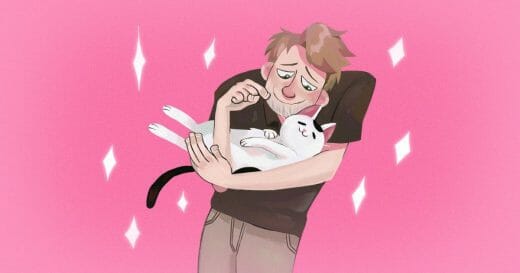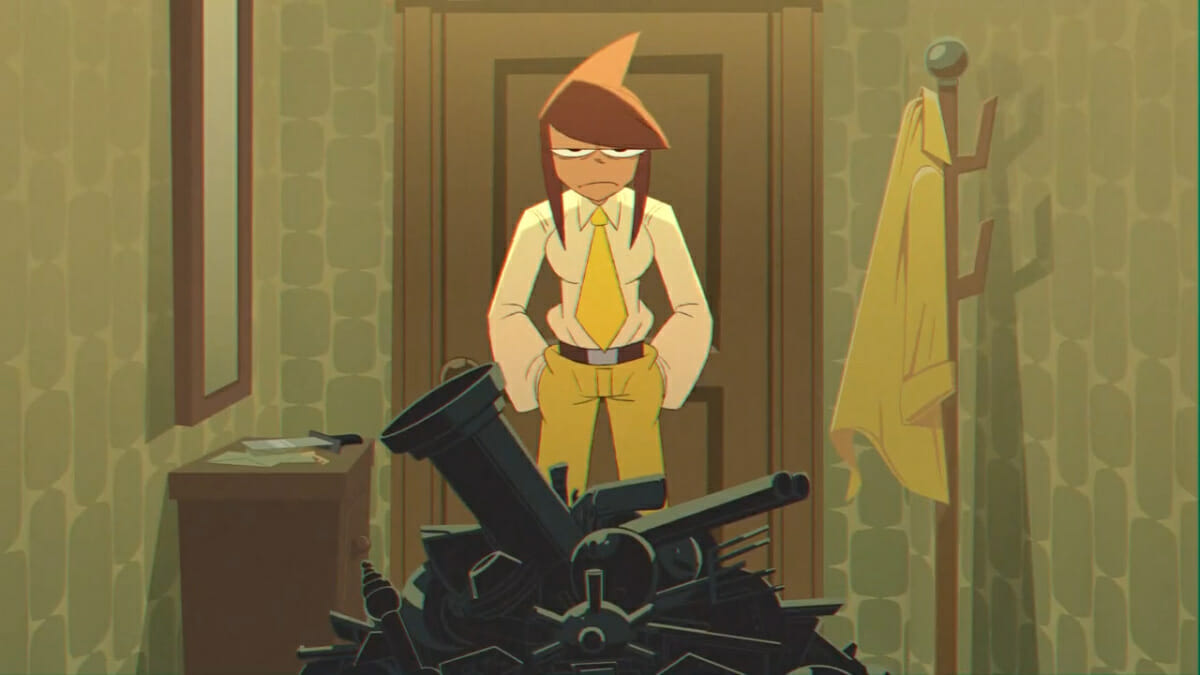
In Jonathan Venne’s Banana Anna, a yellow-clad secret agent returns home from a long day at work only to be attacked by an inept intruder. She quickly dispatches him before realizing that her apartment is positively crawling with enemy operatives. The short pulls influence from Studio Trigger productions, as well as Looney Tunes and The Matrix, combining action with visual humour.
Banana Anna was Venne’s thesis project and won the Syn Studio bursary when it debuted at Cégep du Vieux Montréal’s animation gala. We caught up with Jonathan Venne to discuss inspiration and challenges behind the creation of his student film.
What inspired you to make an action short for your thesis film?
Jonathan: I’d seen the other thesis films from previous years, and I found that there was a lack of action shorts. The vision that I had was not present in previous years. I decided to make something funny and action-driven.
It was not my original idea to do that. My original idea was something more action-focused than funny. It was supposed to be a superhero saving a child from a fire. But I diverged from this idea because when I thought about this idea, I wanted something more than just action and bam-bam-bam. I wanted the crowd to be like, “It’s funny.” There’s something more to it than just flashy moves and action sequences.
For their thesis film, a student takes on every role in its production. How would you describe your role in this project? Were there other contributors?
Jonathan: I did pretty much everything. But really, the teachers let me do my project. They were holding my hand at the beginning, to try to see what my vision was. And after they saw what I was capable of, and what I was going for, they were helping me to achieve this vision.
When I was doing the backgrounds – I’m not really a huge background and perspective guy – the teachers really sat with me and helped me figure out my style of backgrounds and what I was going to do. Without them, I think the project would have not been possible.
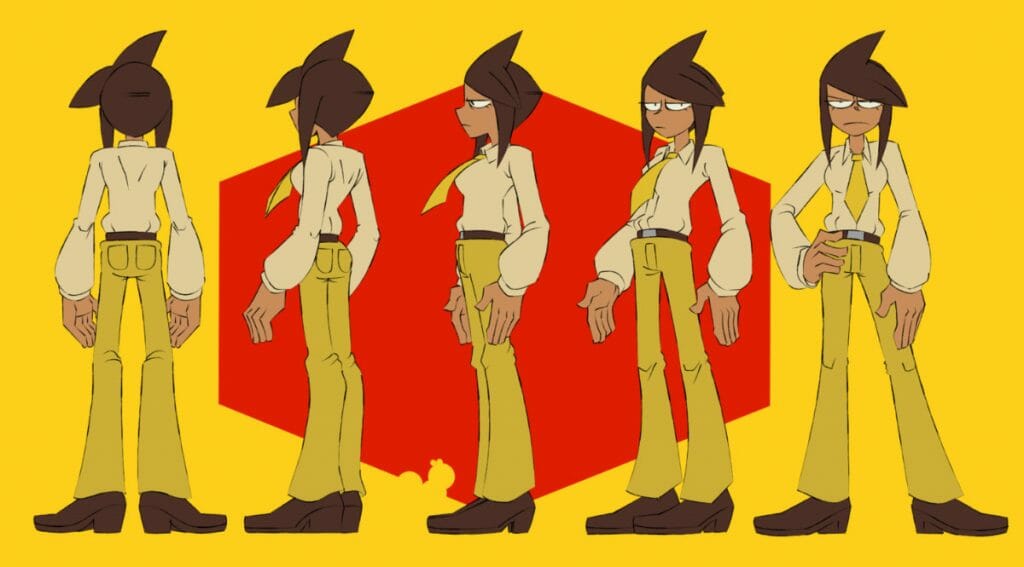
What did the planning stage of this project look like?
Jonathan: The planning stage was roughly one year before the animation portion. The planning stage was really just to figure out the story and the characters. We tried different ideas, and talked about it to our teachers and colleagues to figure out what was the best idea to go with. Like I said, my first idea was to do something about superheroes and a child. I also had an idea about boys skating. I wanted to do something cool.
But when I wanted to do something more funny, I thought about this idea. I also wanted to do more characters than I was supposed to do. In our thesis films, we had a restriction of only two characters, but I proposed to do more characters. But they were non-moving characters – so just in the background. When I had the idea of doing more, it just clicked in my head.
What techniques and programs did you use to make this film?
Jonathan: I used Toon Boom Harmony for the animation. I also used Adobe programs, like Photoshop, After Effects, and Premiere. But my most-used program was Clip Studio Paint. It’s like Photoshop, but I mostly like this program because it was easy for me to learn. It’s really fun to use for backgrounds and character design.
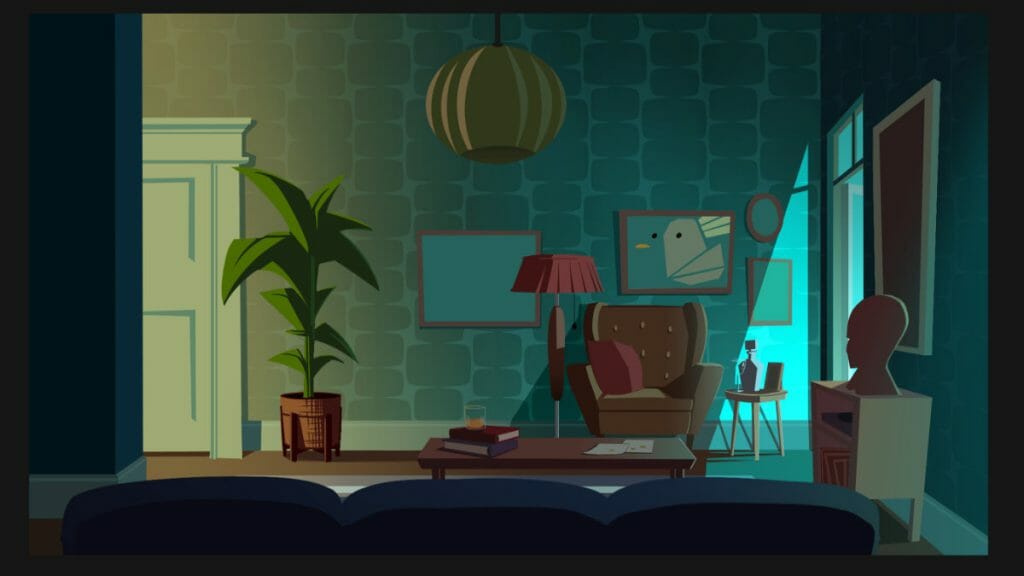
You mentioned you’re not really a ‘backgrounds‘ guy. How did you go about designing the setting? The interior design of the apartment in particular really stands out.
Jonathan: I had a lot of pictures of anime backgrounds from Japanese animation. And when you compare it to what I was doing, I was not clearly there. The style was not matching up with my vision. And when I sat with my teacher, she envisioned my backgrounds to be more inspired by Maurice Noble. He’s a Looney Tunes artist.
How did you approach designing the characters?
Jonathan: I based the characters on parts of me. Banana Anna is based on my laziness. She’s really tired, and I wanted to show that in her motions. She lacks motivation because she’s had a bad day, she comes home and there’s guys there. It’s too much.
At first, my designs were demons that were supposed to be in Hell. But when I was talking with teachers, they said it wasn’t really necessary that they were demons. So I changed the design then. It was still when I was talking about the story. I wasn’t doing backgrounds and animation yet.
The invaders are based on my impulsiveness. They’re based on Mr. Smith from The Matrix. I really liked this character – it’s an army of guys with suits. I wanted to do something like that.
Billy is my character that acts the most. He’s more expressive than Banana Anna. He wants to be aggressive, but he’s not really. He’s much more of a goofball because he makes everything worse. This is what I wanted to show with his movements and his acting. He’s really stressed, and he misses his shots.

Banana Anna feels like it takes inspiration from Studio Trigger productions. Did anime inspire this short? And what were your other influences?
Jonathan: Studio Trigger was my main inspiration, for the energy that they bring to their projects, and the colours and everything that goes with it. But the comedy of the story was really based on the anime One Punch Man. It’s about another tired guy. He’s a superhero, but he doesn’t want to do much. He’s just living a normal life.
The style was inspired by French comics. I have an artist in mind. His name is Guillaume Sineglin. He does comics in different styles but I like the approach he has with his story and how he does things.
What challenges did you face in producing Banana Anna?
Jonathan: The willpower to make this was immense. Working on a project like this is six months of pure animation and compositing. It’s really hard on the mental state, because you’re sticking to the same project every day, and you have to meet deadlines. This was really hard for me because this is the first project that I worked as hard as that. My peers and my family really helped put some will into me. I managed to do it with the help of others.
There’s also the time constraint. As you know, doing something like that in six months, you really have to be on time with your deadlines and deliver on what the teachers expect. I had a lot of scenes. And also I wanted to do a credit scene that developed the story more. It was hard to adjust to the pressure and these expectations.

How would you describe the reaction to your film so far? Congratulations on the Syn Studio bursary.
Jonathan: I’m really happy. I didn’t think it would stick that hard. I just wanted to do something funny and cool, and I think I achieved what I was setting out to do. And the reaction is really positive. A lot of people have come up to me after the film was aired and they said this was the best student film in their opinion. It really touched me. I was really happy to hear that.
I’m also really proud of what I’ve accomplished in terms of personal improvement. Before that, I hadn’t really animated much for this program. I’ve learned so much in only three years.
Do you have any advice for students planning their thesis films?
Jonathan: The first thing is to not compare your work too much with others’ work. It’s hard to do it. I speak from experience. It’s really tempting to compare your work to others’ and say, “Oh, it’s not good enough,” and, “They won’t be impressed with what I do.”
But really, you’ve got to realize that not everyone in this program is at the same level at the same time. We all learn at different speeds. It’s really your own journey that you’re trying to figure out. What counts is comparing the beginning of your journey and now, and how much you’ve improved.
Also, if you’re an animation student, and you want to make your film, don’t give up. It’s really hard, and it’s tempting to give up, but when you hit a wall, don’t be discouraged. Talk to friends and family and colleagues. The colleagues you work with are suffering the same problems as you, and you’re all there to support each other.
And talk to teachers. The teachers in this program are the best I’ve seen, and really helped me to get out of many hardships.
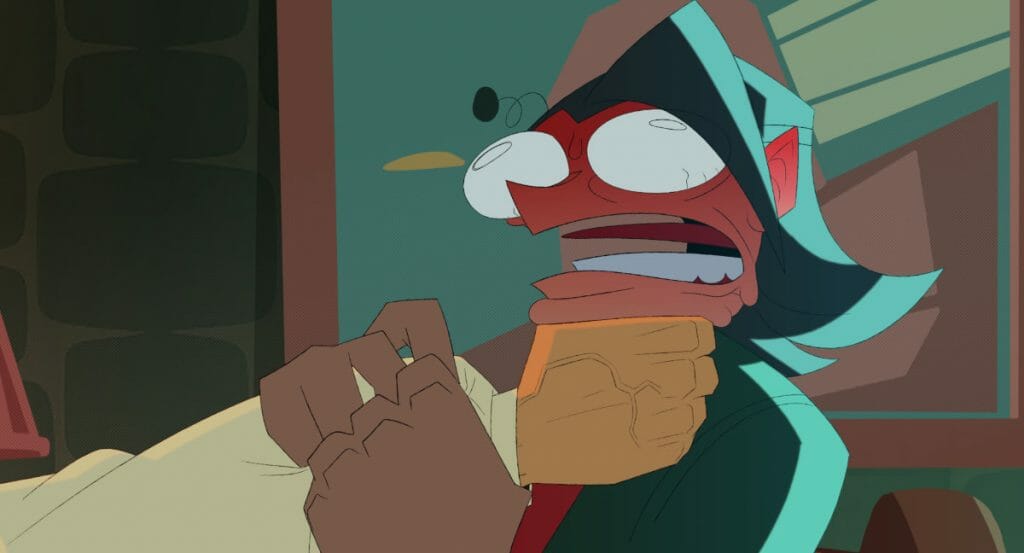
What do you hope to work on in future projects?
Jonathan: I love 2D animation and I hope to do everything – video games, animation in movies or a TV series. I want to bring energy to an industry I really like. Also, I would like to touch a little bit more on the comics industry, maybe do a comic or a webcomic, try to come up with new ideas and new stories, to put my mark on something I really like.
- Want to see more from Jonathan Venne? Be sure to follow Jonathan on LinkedIn and visit his portfolio on ArtStation.
- Interested in using Harmony for your thesis film? Students can qualify for up to 84% off Toon Boom Animation’s software.


